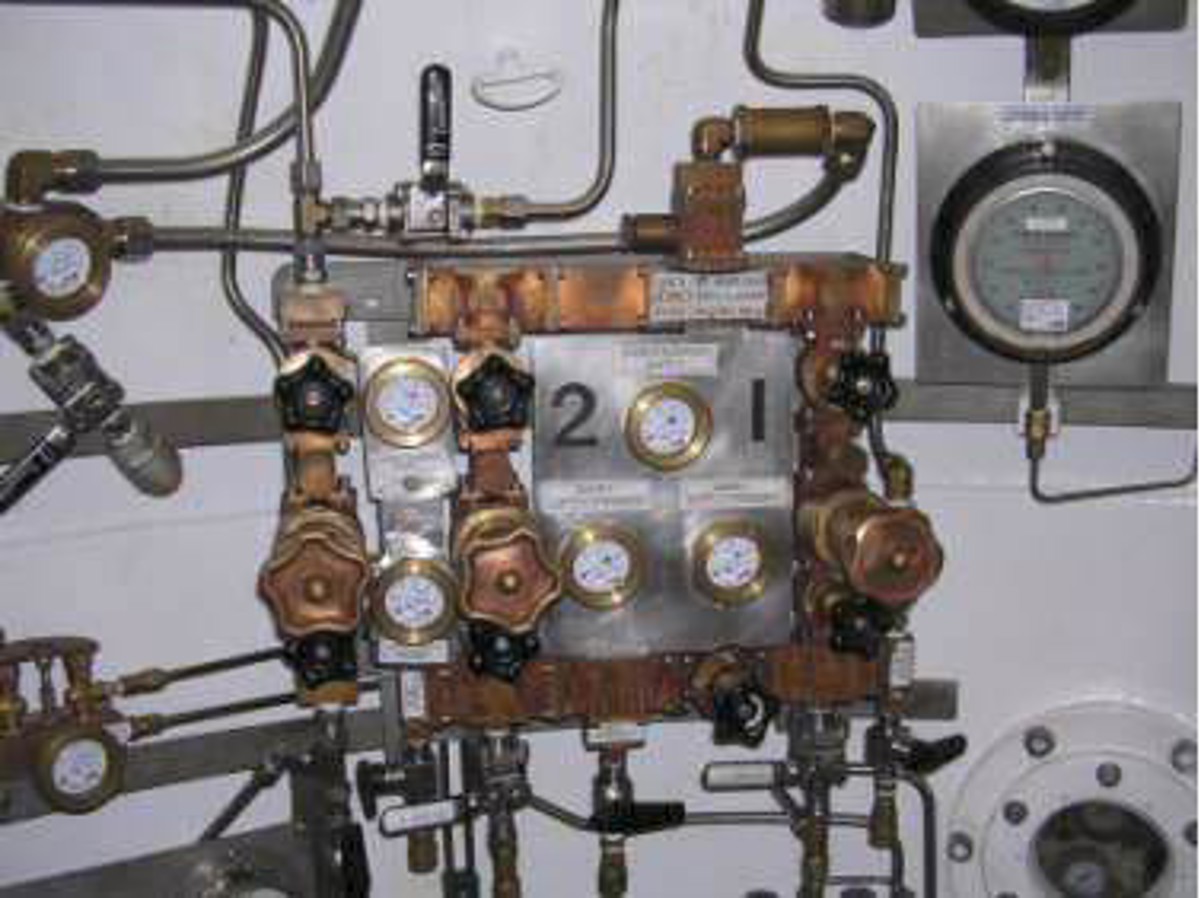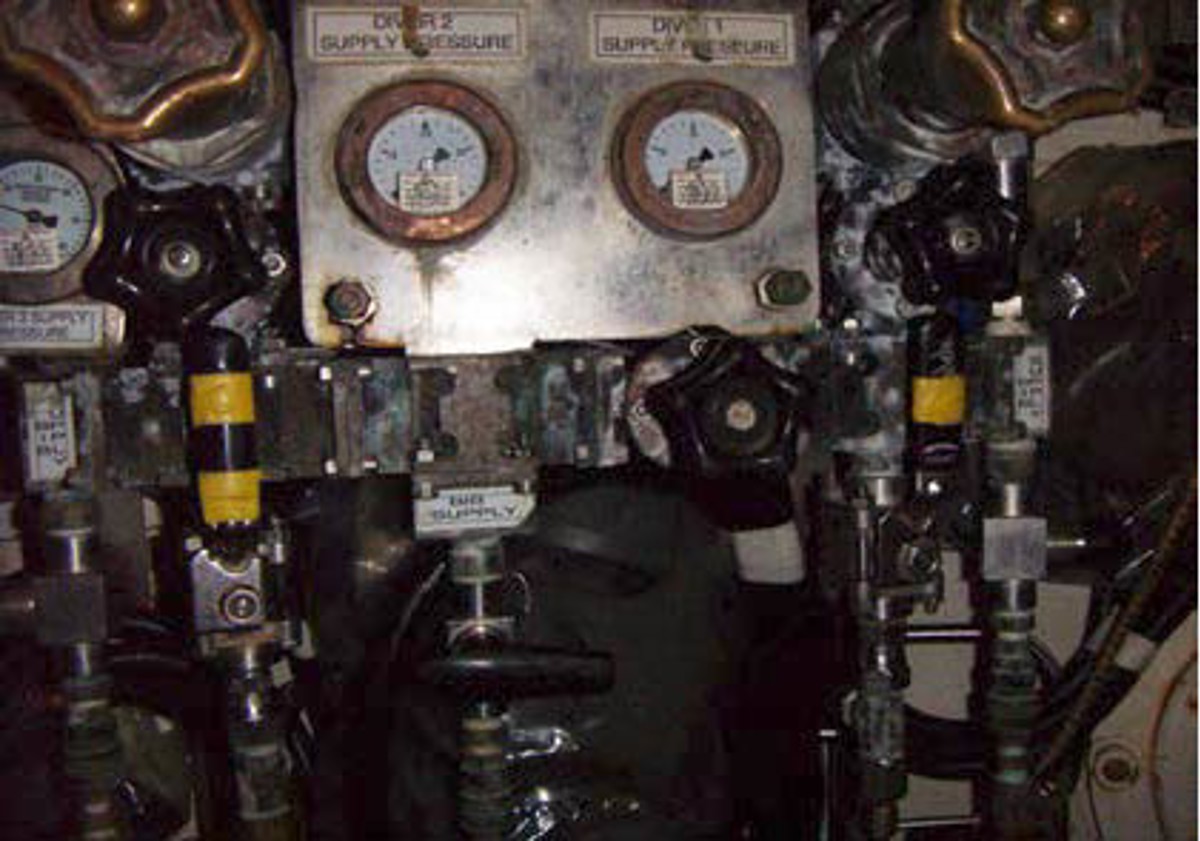Near-miss: Diver loss of gas
- Safety Flash
- Published on 23 December 2011
- Generated on 22 December 2025
- IMCA SF 14/11
- 3 minute read
Jump to:
A Member has reported a near miss incident in which a diver very nearly lost his gas supply.
What happened?
The incident occurred when a vessel was engaged in flushing operations, and was assisting with barrier testing flushing/flooding and positive isolation. The bellman reported that the diving bell was snatching heavily and the decision was made to abort the dive. Both divers returned to under the bell. Diver 1 was recovered into the bell while diver 2 waited on the seabed. Diver 1 entered the bell just as the vessel heaved; both diver 1 and the bellman were unbalanced.
At this point diver 2 reported to the dive supervisor that his ‘gas had gone tight’ and opened his bailout supply. The dive supervisor immediately informed the bellman who saw that the gas supply valve was half closed. The bellman opened the gas supply valve fully and main gas supply was restored to diver 2. Diver 2 secured his bailout supply, then left the seabed and was safely recovered into the bell. There were no injuries or ill effects.

dive bell panel with valves in original closed position (note: valves turn anti-clockwise to open)
After the divers returned to the chambers the bell was vented to surface to allow for checks and any modifications to be carried out on the valve in question, to prevent recurrence.
The valve control handle was reconfigured and turned 180 degrees from its original closed position, which will ensure that when the valve is in the open position, that it cannot be accidentally knocked to closed.

dive bell panel showing modifications to the valve handles
What were the causes?
Investigation revealed that the main cause of the incident was that when the bellman lost his footing as the bell heaved during marginal weather conditions, he fell against the diver’s gas supply valve and knocked it toward the closed position.
The design and positioning of this valve arrangement, in the context of the confined space within the bell, was a potential hazard that had been overlooked.
Actions
The following corrective actions were taken:
- Diving operations were suspended until corrective actions taken, and the black box hard disk recording was copied.
- The bell was surfaced for investigation and repositioning of the valve/valve handle to prevent a recurrence.
- The dive team were fully briefed on the incident and actions taken to prevent recurrence.
Lessons learnt
The following lessons were learnt:
- Diving bells are confined spaces packed with complex equipment. The ergonomics of bell diving operations brings the risk of equipment being inadvertently moved or operated. Changing the way key components function can reduce the risk of inadvertent operation.
- The actions of the supervisor, bellman and diver were correctly and quickly undertaken as soon as the gas went ‘tight’, showing the benefit of undertaking regular diving emergency drills.
IMCA Safety Flashes summarise key safety matters and incidents, allowing lessons to be more easily learnt for the benefit of the entire offshore industry.
The effectiveness of the IMCA Safety Flash system depends on the industry sharing information and so avoiding repeat incidents. Incidents are classified according to IOGP's Life Saving Rules.
All information is anonymised or sanitised, as appropriate, and warnings for graphic content included where possible.
IMCA makes every effort to ensure both the accuracy and reliability of the information shared, but is not be liable for any guidance and/or recommendation and/or statement herein contained.
The information contained in this document does not fulfil or replace any individual's or Member's legal, regulatory or other duties or obligations in respect of their operations. Individuals and Members remain solely responsible for the safe, lawful and proper conduct of their operations.
Share your safety incidents with IMCA online. Sign-up to receive Safety Flashes straight to your email.